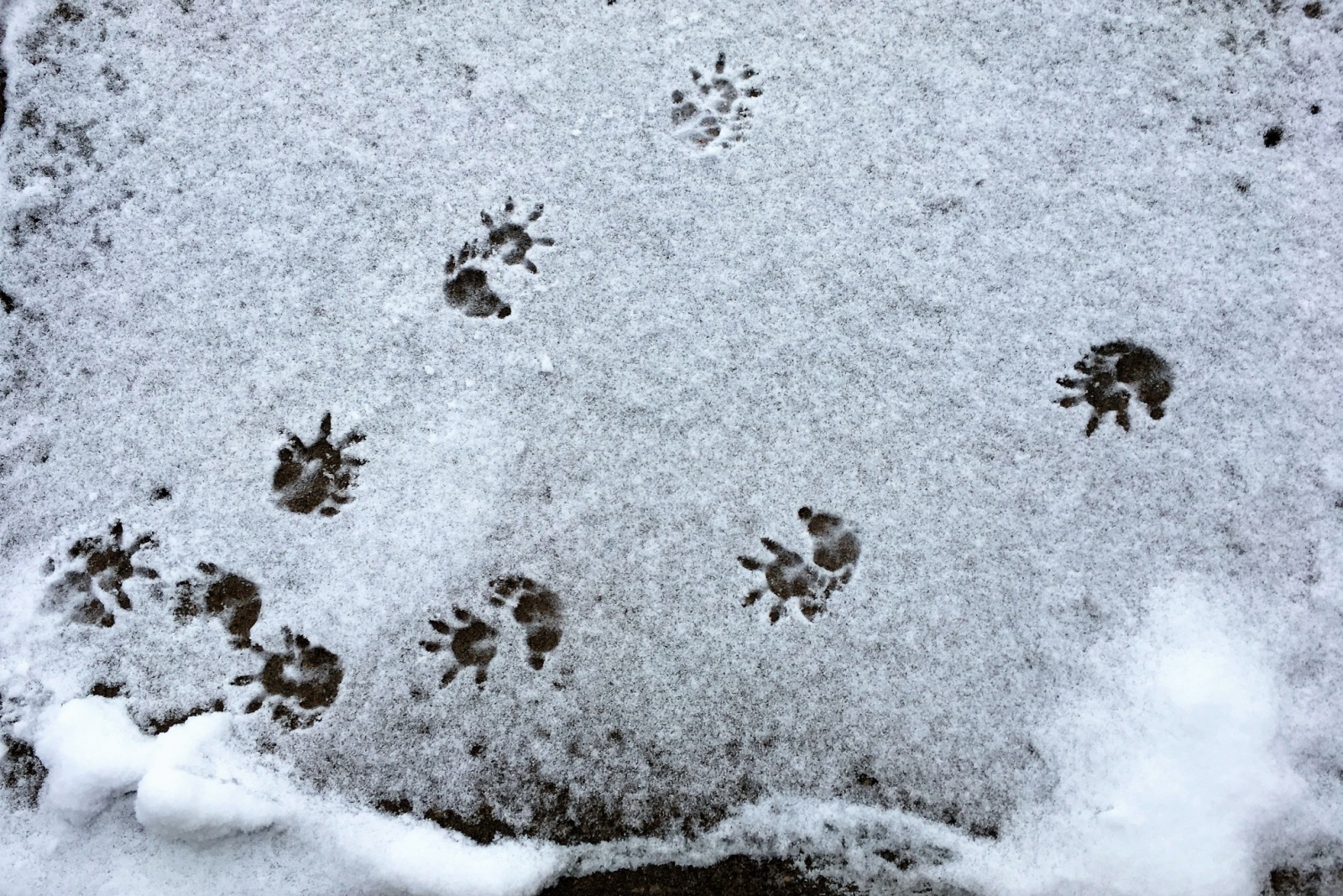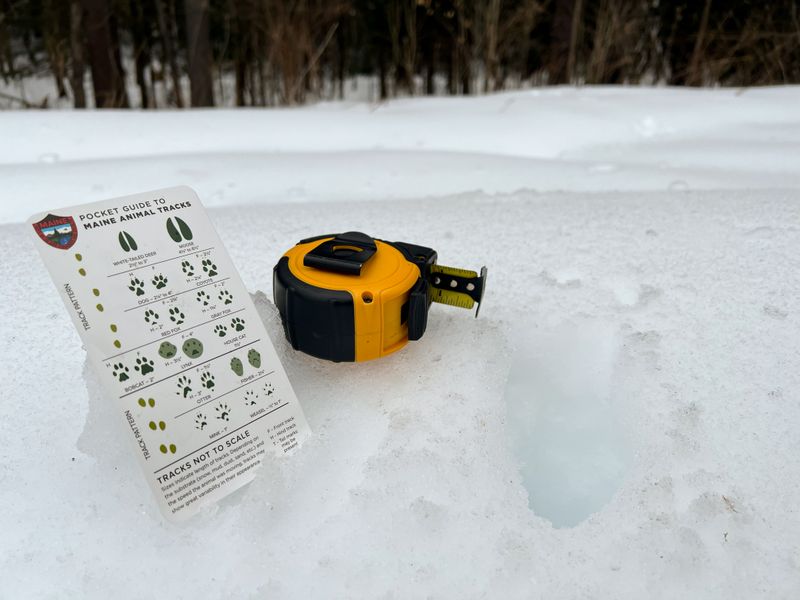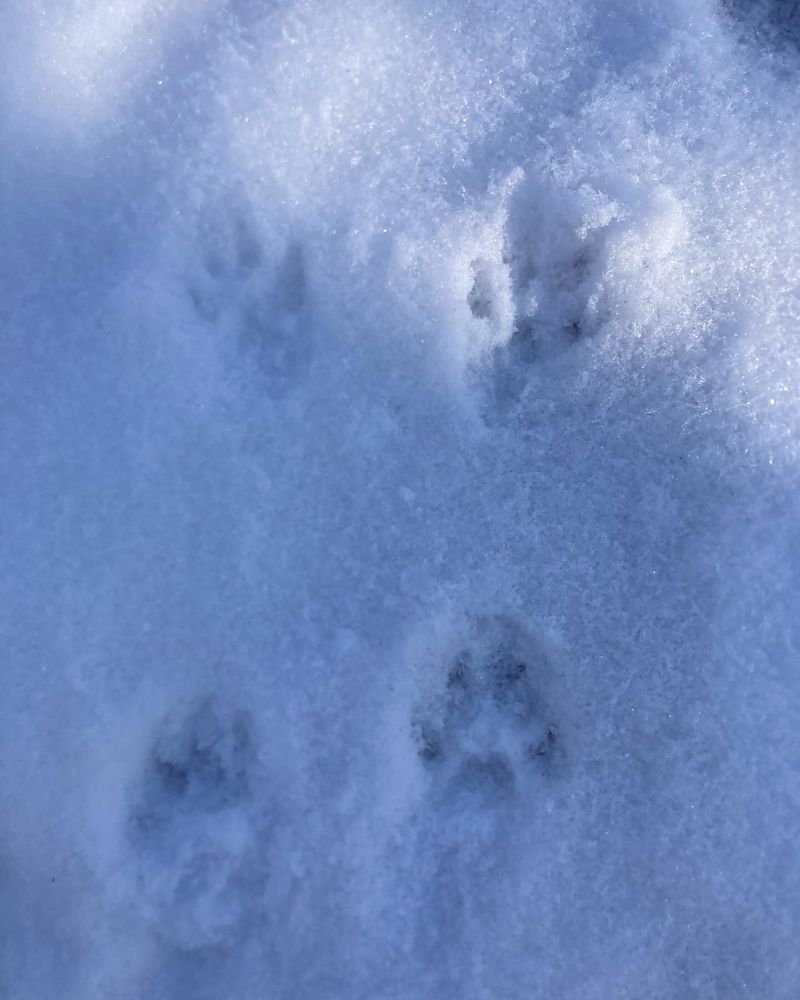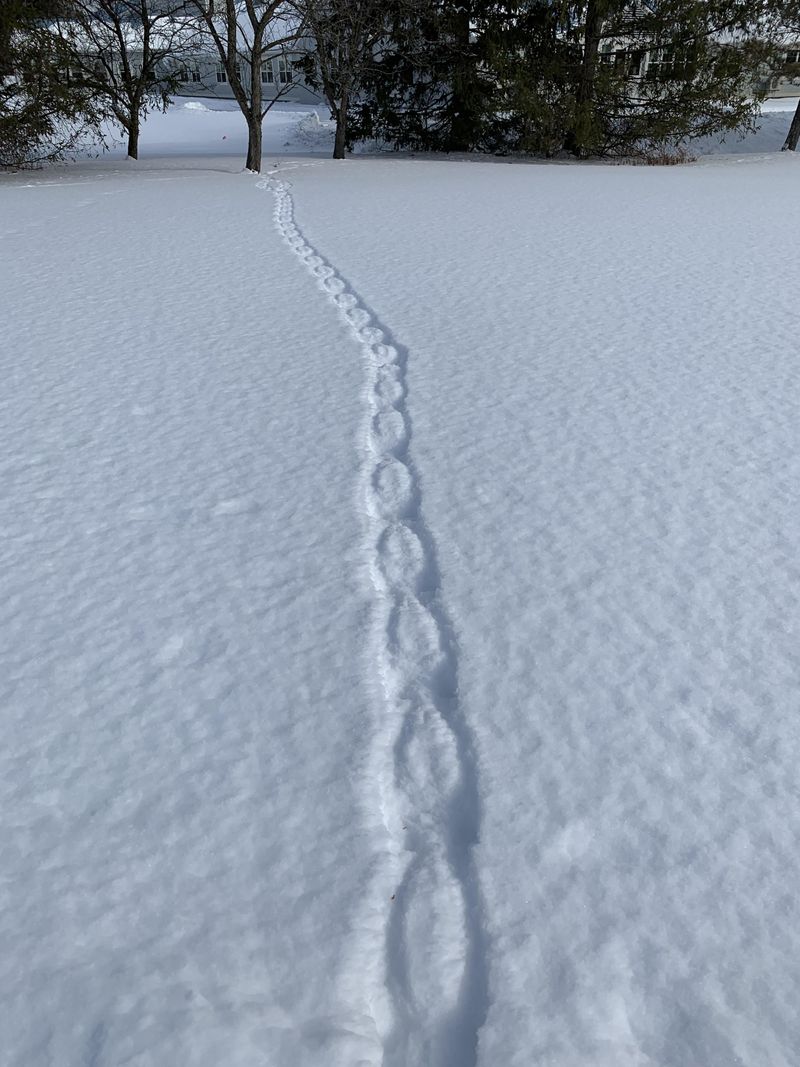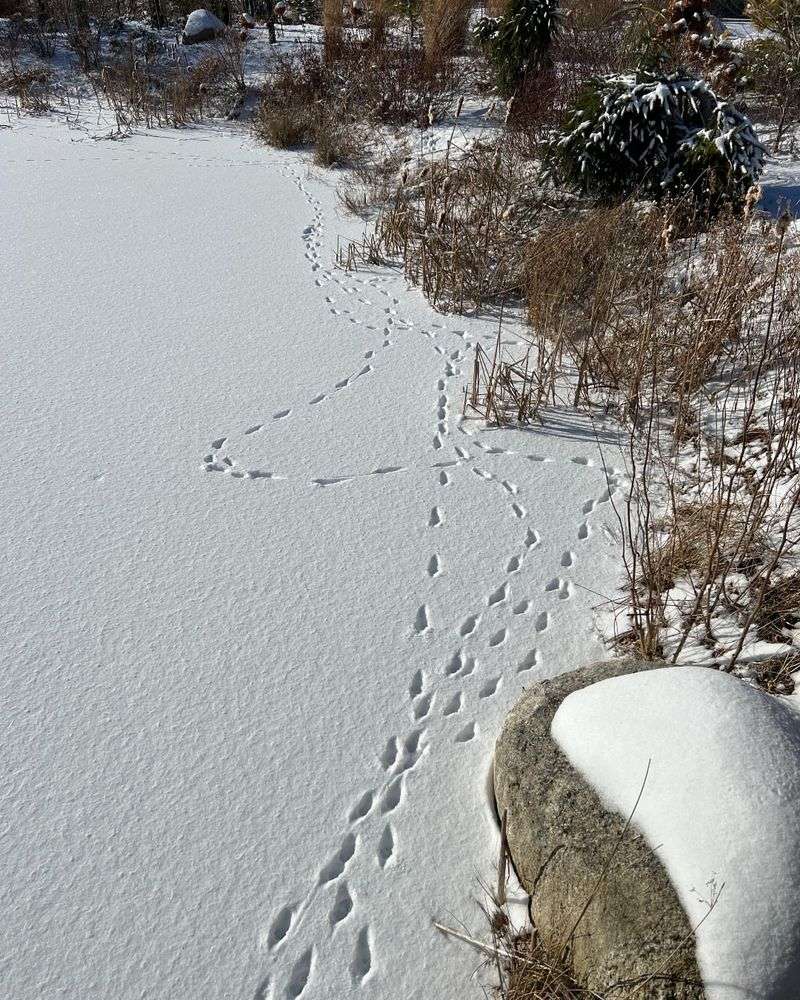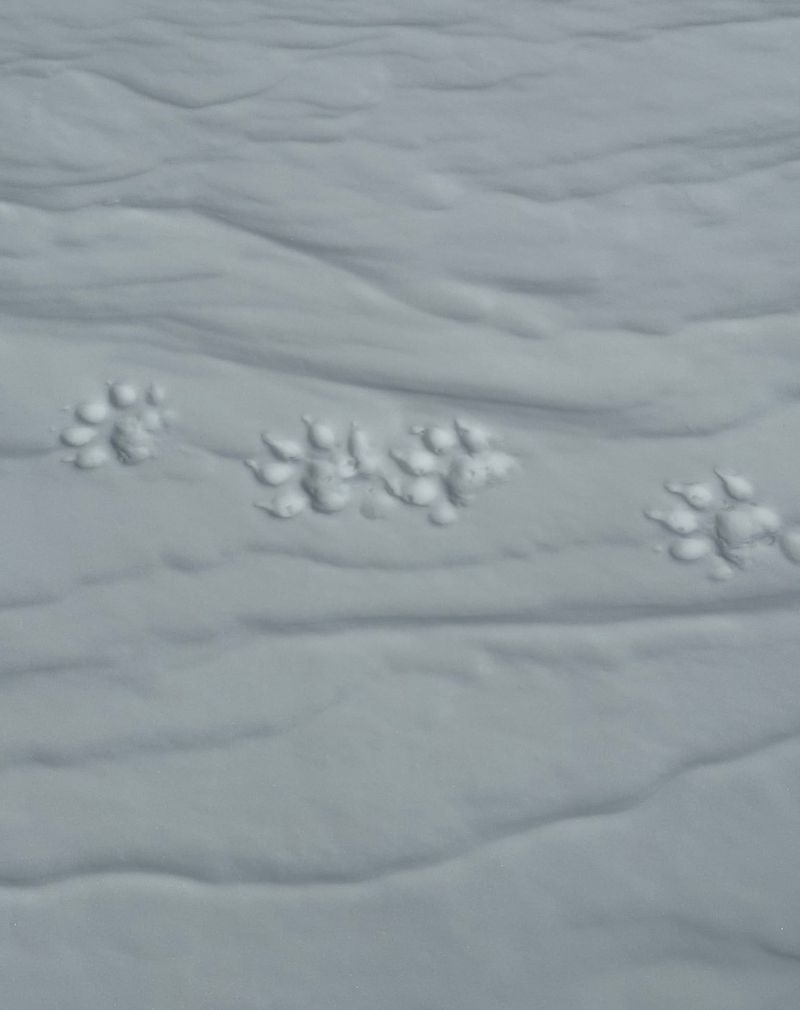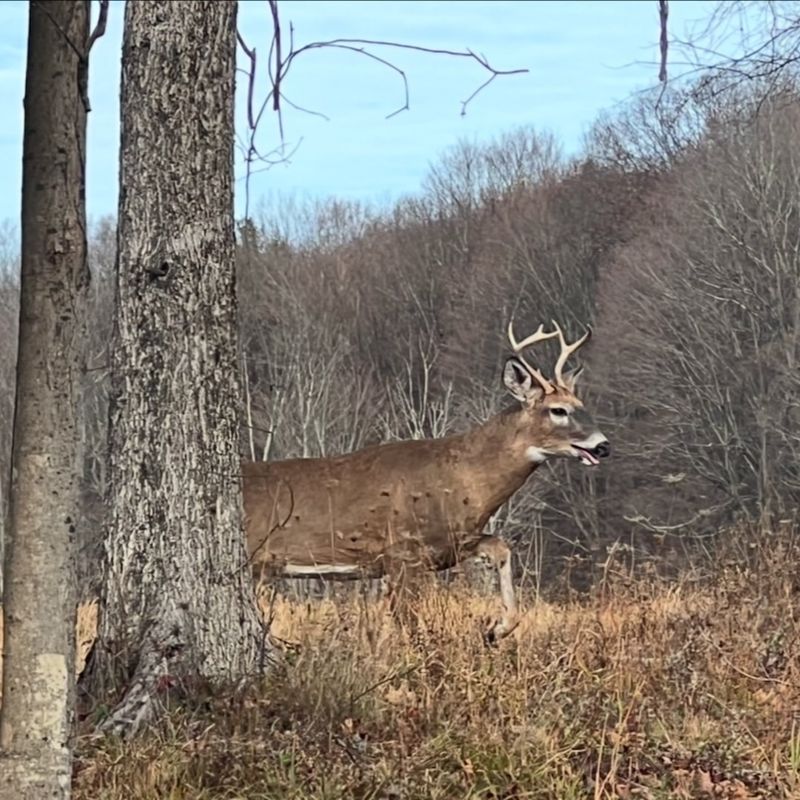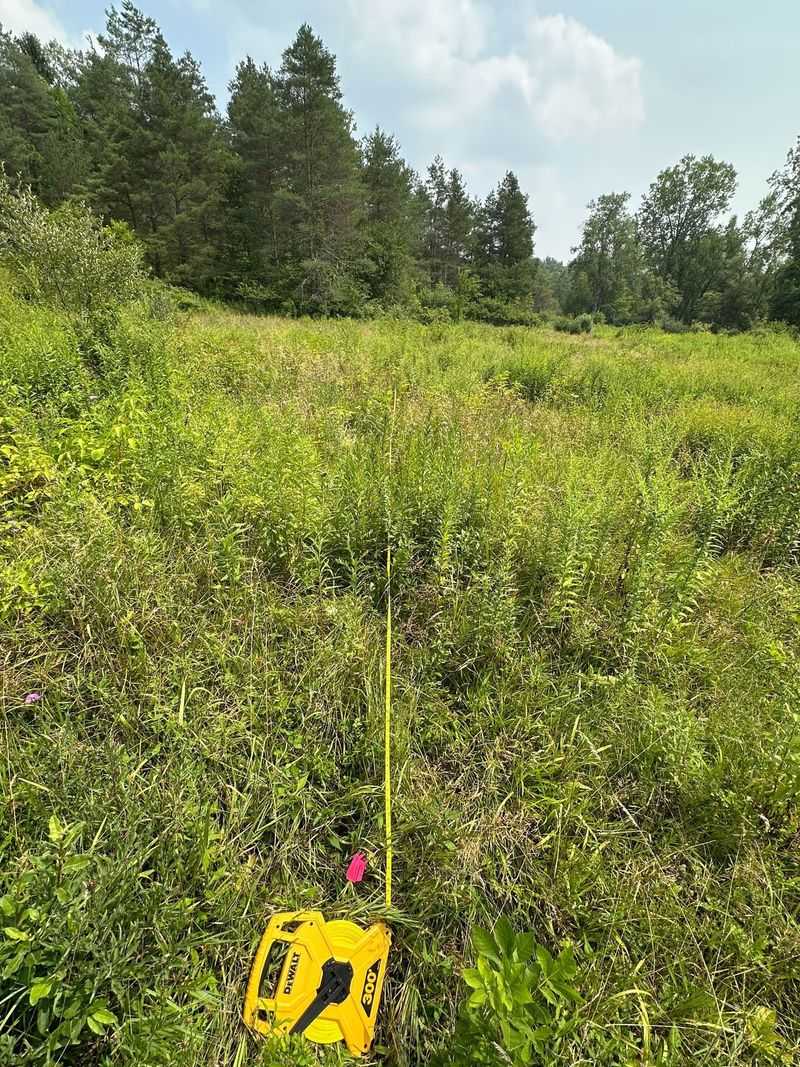Vermont’s snowy winters transform our backyards into natural detective stories waiting to be solved. Fresh snowfall acts like nature’s logbook, recording every nocturnal visitor that wanders through while we sleep. For me, there’s something magical about stepping outside after a snowfall to discover who’s been visiting my garden overnight.
Learning to read these snowy stories connects us to the wild creatures sharing our spaces. I’ve often followed tiny prints across my yard only to discover rabbits had been nibbling on my winter kale or deer had browsed the lower branches of my apple trees. These discoveries create a deeper connection to Vermont’s natural rhythms.
With some basic knowledge and a bit of practice, anyone can become skilled at identifying the various critters visiting their property. Tracking isn’t just educational—it’s a wonderful way to engage with nature during Vermont’s longest season and understand how wildlife interacts with your garden even in winter.
1. Gather Your Tracking Toolkit
Before heading out into your snowy yard, assemble a few simple tools that will enhance your tracking experience. A small ruler helps measure track size and stride length, while a field guide specific to Vermont wildlife provides reference images.
My favorite tracking mornings start with a thermos of hot cocoa and a small notebook to sketch interesting prints. When I’m feeling tech-savvy, I bring my smartphone to photograph mysterious tracks for later identification.
Don’t forget proper winter gear—nothing cuts a tracking adventure short like cold feet! Waterproof boots and warm layers ensure you can comfortably spend time studying the stories written in snow.
2. Wait For Perfect Snow Conditions
Timing is everything when tracking in Vermont’s winter landscape. The ideal snow for tracking falls overnight and sits undisturbed at about one-half to one inch deep—just enough to capture clear impressions without obscuring smaller details.
Early morning provides the best tracking opportunities since nocturnal animals leave fresh prints while the snow surface remains crisp. Around my garden beds, I’ve noticed the richest variety of tracks appears after calm, windless nights.
Avoid tracking immediately after heavy storms when deep snow masks details or during freeze-thaw cycles when prints become distorted. Patience rewards the Vermont tracker with pristine conditions that reveal nature’s secret movements.
3. Learn Basic Track Identification Patterns
Successful tracking begins with understanding track patterns. Hopping animals like rabbits and squirrels leave distinctive groupings—hind feet landing ahead of smaller front paws. Near my bird feeders, squirrel tracks often show tail drag marks between prints.
Walking mammals create different patterns: deer leave heart-shaped hoofprints in neat lines, while canines (fox, coyote) show four toes with claw marks in a relatively straight path. Vermont’s weasel family members bound through snow, creating paired prints with visible five-toed patterns.
Birds leave characteristic tracks too—small hoppers with three forward toes and one backward toe, sometimes accompanied by wing marks where they’ve landed in deeper snow.
4. Create Wildlife-Friendly Tracking Zones
Strategic garden planning enhances your tracking adventures. Around my Vermont property, I’ve created specific zones that attract wildlife and make their movements more visible. Areas with native berry-producing shrubs like winterberry holly become wildlife highways in snow.
Leave fallen logs and brush piles near the edges of your yard—these natural shelters draw small mammals whose tracks tell stories of their winter survival. My most interesting tracking happens where different habitat types meet, like where my woodland garden transitions to open lawn.
Avoid disturbing these tracking hotspots with your own footprints. Instead, create dedicated observation paths that let you view wildlife corridors without interfering with their natural movement patterns.
5. Follow Stories Written In Snow
The most fascinating aspect of tracking isn’t just identifying footprints—it’s interpreting the narratives they reveal. Last winter, tiny shrew tracks led me to discover how these minuscule mammals tunnel through subnivean spaces beneath my garden’s snow blanket.
Look for behavioral clues that enrich your understanding: sudden direction changes might indicate a predator sensing prey, while scattered debris around tracks could show feeding activity. In my yard, I once followed fox prints that circled repeatedly around a snow-covered compost bin.
Pay attention to track age and timing. Fresh, crisp-edged prints indicate recent visitors, while softened, expanded impressions suggest tracks made during warmer daytime hours that partially melted before refreezing.
6. Document Your Backyard Visitors
Creating a record of your tracking discoveries builds valuable knowledge over time. My Vermont tracking journal contains five winters of observations, allowing me to notice patterns—like how bobcat visits increased after I planted native mountain ash trees whose berries attract small birds.
Photographs provide excellent references, especially when taken with something for scale. I place a coin beside unusual tracks before snapping pictures. Consider mapping your yard and marking where different species regularly travel; these wildlife highways often follow the same routes season after season.
Share your findings with local naturalist groups or through citizen science platforms like iNaturalist. Your backyard observations contribute to our understanding of Vermont’s wildlife movements and adaptations.
7. Connect Tracks To Your Garden Planning
Tracking reveals which plants attract wildlife to your Vermont property, informing thoughtful garden decisions. After noticing deer consistently followed a path to my apple trees, I installed strategic fencing while leaving other wildlife corridors open for smaller visitors.
Winter tracking showed me which native plants provide critical food sources during scarce months. The highbush cranberries I planted five years ago now draw cedar waxwings whose distinctive tracks appear after snowfalls. Conversely, areas with ornamental non-natives remain largely trackless.
Use tracking insights to create a garden that balances human enjoyment with wildlife needs. My spring planting now includes buffer zones of wildlife-friendly plants that channel animal movement away from vegetable gardens.

